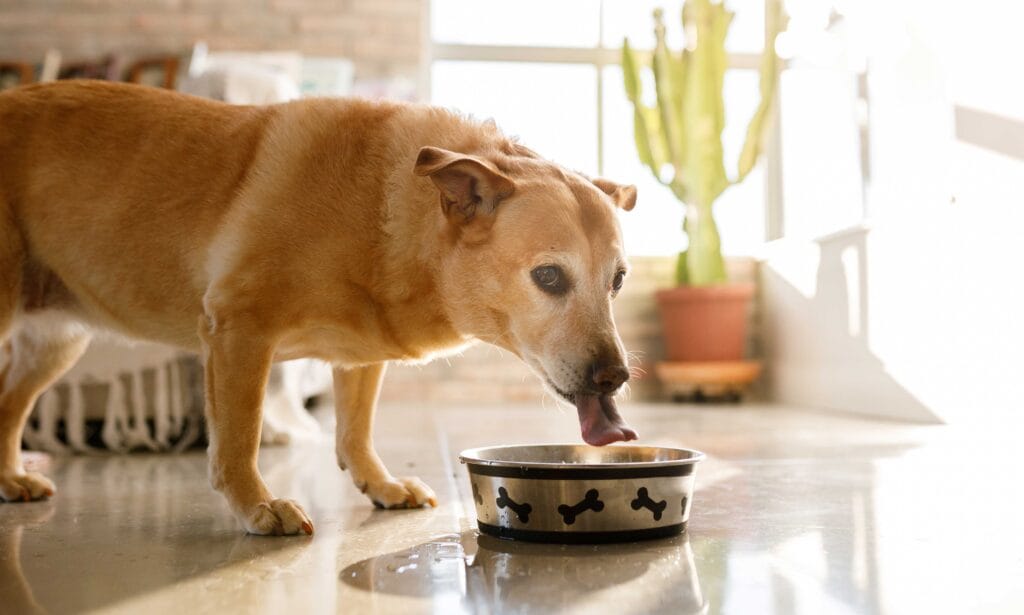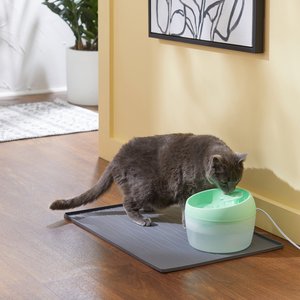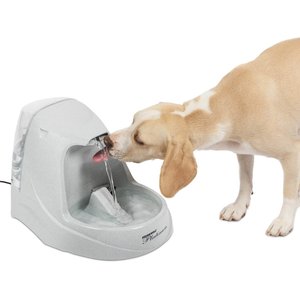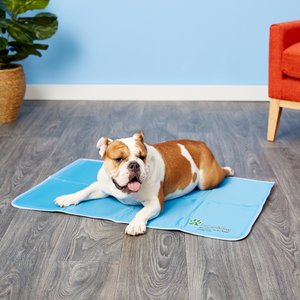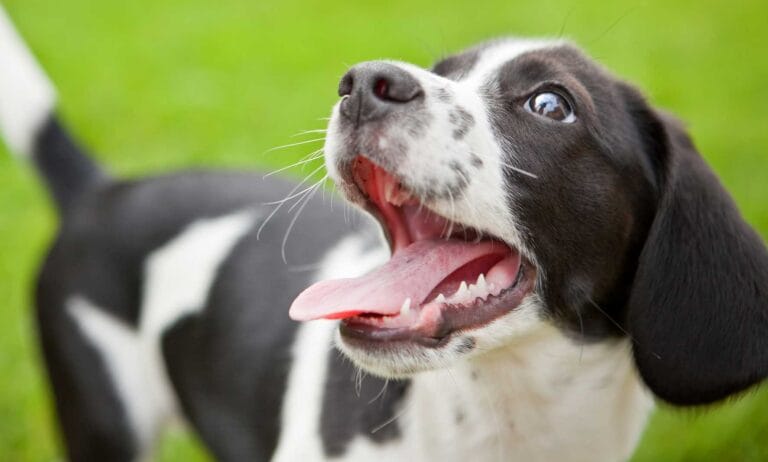As the summer heat index rises, our furry friends can overheat easily. Overheating in dogs is nothing to mess around with, as canine heat stroke is deadly. However, it’s 100 percent preventable.
Keep your hot dog safe with these tips to recognize the signs of a dog overheating and learn how to cool down a dog from the simmering summer heat.
Click to jump to each section:
Signs of Overheating in Dogs
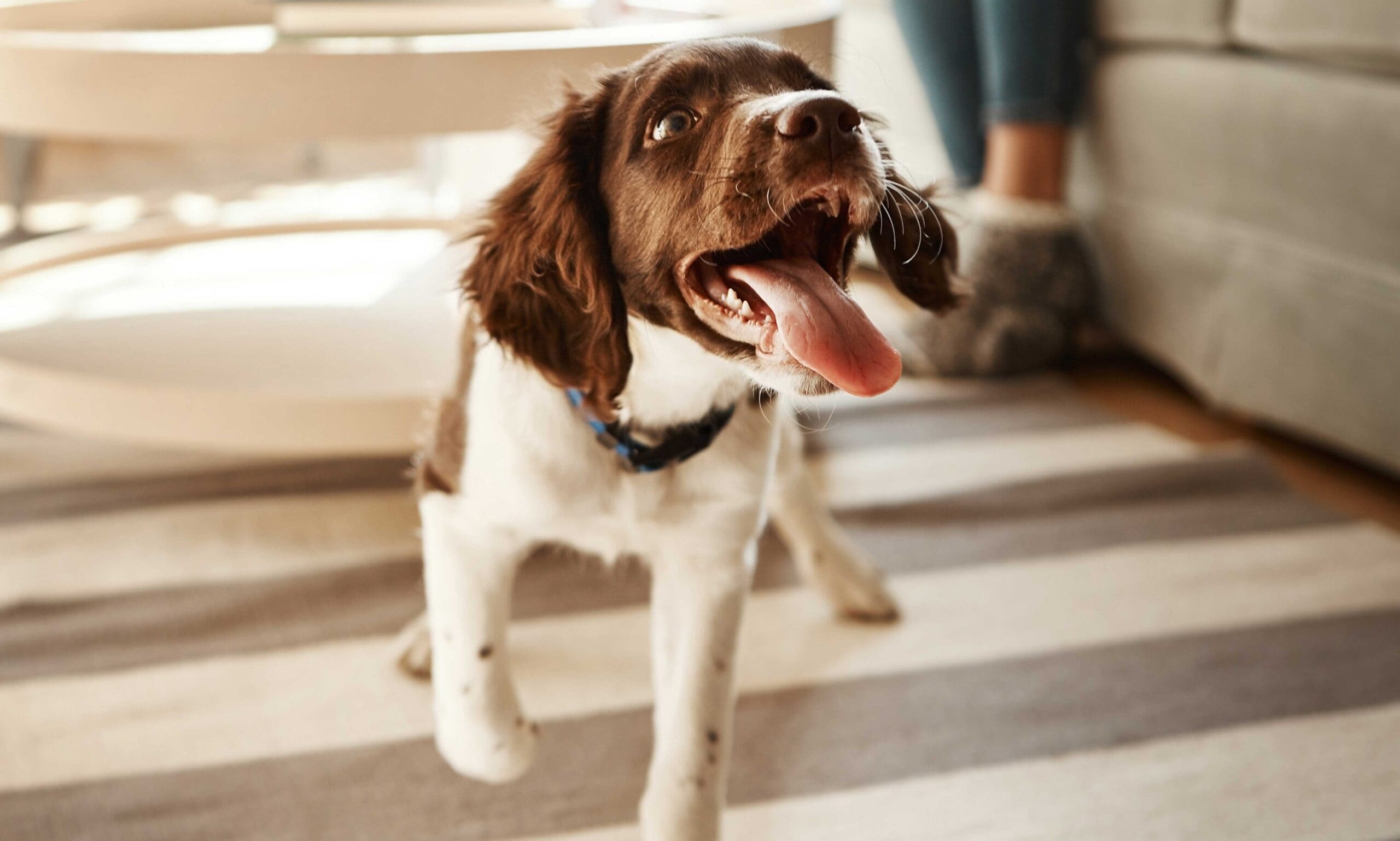
A dog's first defense against overheating in the hot weather is to pant. Rapid breathing in dogs cools them down by circulating the air through their bodies.
Another way dogs naturally maintain steady body temperatures is by diverting blood away from their core and toward the skin. This might make them feel hotter to the touch, but it allows heat to escape from their bodies.
When these two cooling mechanisms cannot keep a dog’s body temperature at a safe level, the dog can overheat and is at risk for heatstroke.
Fortunately, the signs of heatstroke are easy to recognize:
- Rapid breathing or excessive panting in dogs
- Excessive drooling
- Lethargy or refusal to obey or respond to commands
- Vomiting and/or diarrhea
- Bright red or blue gums
- Seizures or collapse
When a dog’s core body temperature escalates, blood is diverted away from key organs such as the brain, kidneys, GI tract and liver. While this helps cool the dog, organ failure sets in when the organs aren’t receiving necessary blood, leaving a small window to return to that ideal temperature. Within minutes of a dog’s body temperature reaching 110 degrees Fahrenheit, death occurs.
Which Dogs Are at Higher Risk of Overheating, Heat Exhaustion or Heatstroke?
While all dogs can experience overheating, heat exhaustion or heatstroke, some are more prone to the conditions. They include:
- Overweight dogs
- Dogs recovering from surgery or sickness
- Senior dogs
- Certain dog breeds with short-nosed heads such as Pugs or Bulldogs
- Dogs on particular medications
Some cardiac medications, commonly prescribed tranquilizers and anxiety-decreasing medications are often utilized during the summer months due to travel. Dogs on these medications are more susceptible to overheating.
How to Cool Down an Overheating Dog
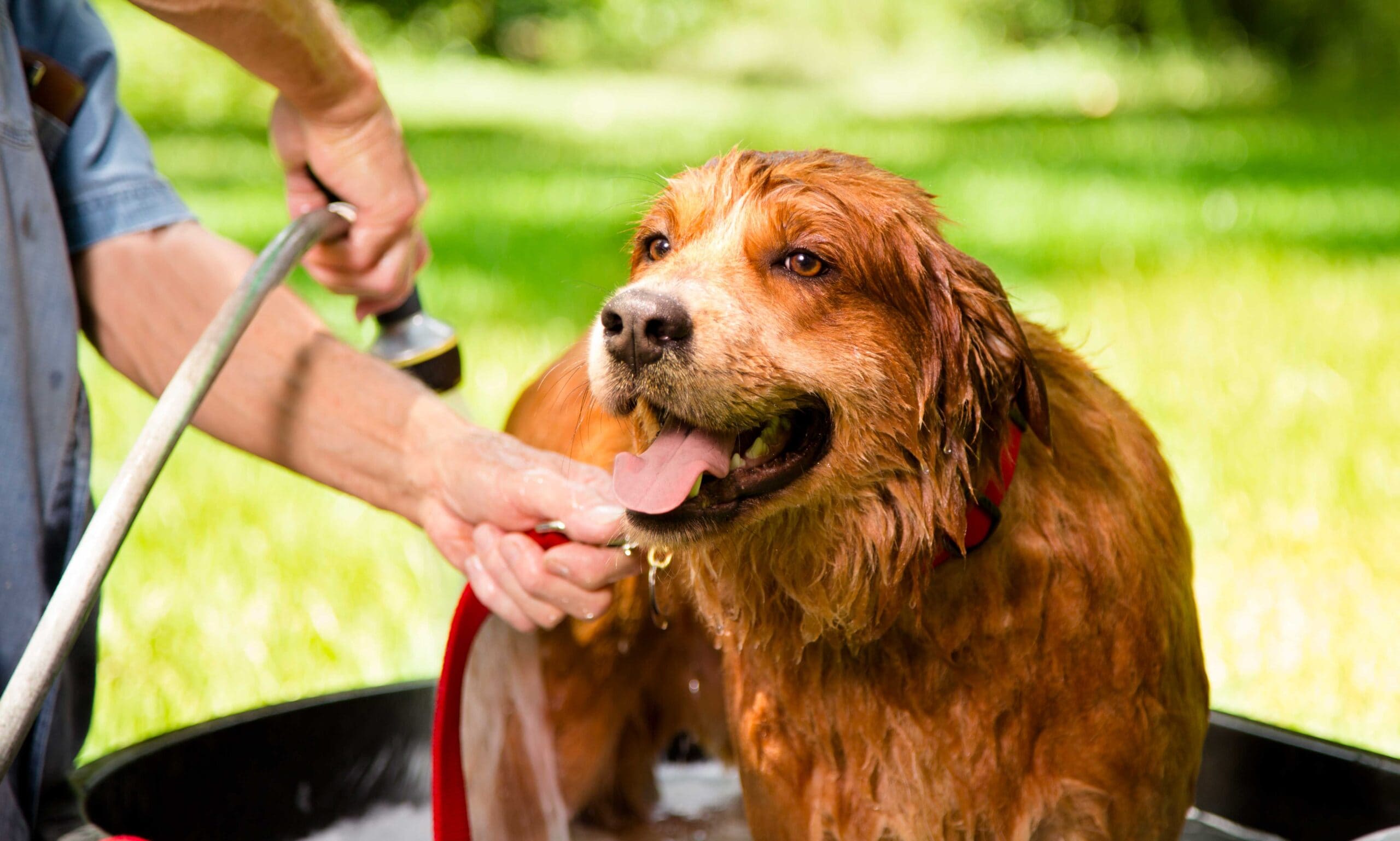
Follow these four steps:
- Put your dog in a cool bath or hose them down with a garden hose. Avoid adding ice cubes to the water, as this can lead to life-threatening consequences.
- Offer your pup a full water bowl, but do not waste time forcing them to drink because it’s not going to lower their body temperature.
- Load your wet dog into the car and quickly head to the veterinarian. Call on your way to let them know your concern so they can take appropriate preparatory measures.
- Run your vehicle’s air conditioning with the windows down for the drive to the vet. The added airflow will lead to evaporation, which helps lower warm body temperatures.
Top Tips to Keep Your Dog Cool and Prevent Overheating
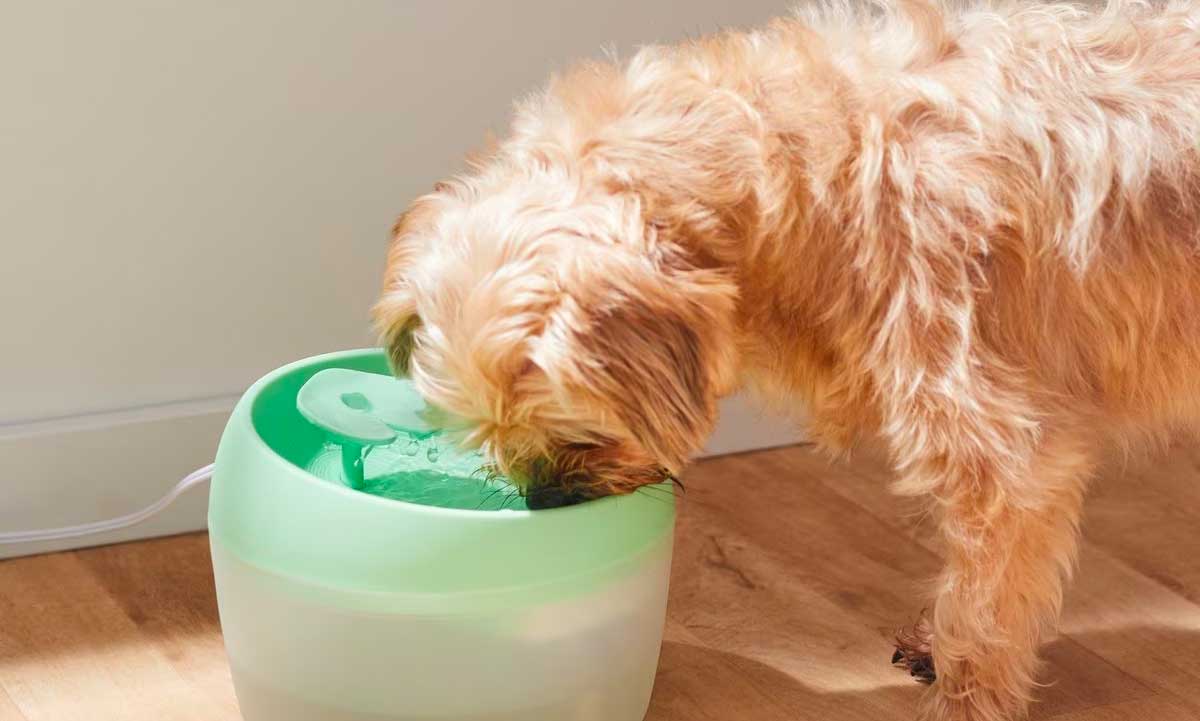
1Never leave your dog in a hot car.
Just don’t do it—not even for a few minutes, not even when the car is parked in the shade, not even if the windows are cracked.
By far, the most common way a dog overheats is being left in a hot car. You may think that because you’re not experiencing a heat wave or because you’re parked in a shady spot and out of the direct sunlight that everything will be OK. Don’t make that mistake. It’s still dangerous to leave your pup in your vehicle.
The temperature inside a car rapidly surpasses the outside temperature, so even on days where the outdoor temperature is in the 70s, the temperature inside the car can reach scorching heights.
2Exercise your dog during the cooler parts of the day.
It’s best to exercise your dog in the early morning and in the evening to avoid the intense sunshine during hot weather months.
If your schedule doesn’t permit this, consider alternate exercises for your pooch, such as swimming in a regular pool or even a kiddie pool, sprinkler play breaks and a basic cool water hose down to keep their body temperature down.
You can also stay indoors and play physically and mentally enriching games with your dog, like tug-of-war and dog puzzles. Here are eight games to play inside when it's hot out.
3Always provide plenty of fresh drinking water.
Your dog needs a full water bowl at all times. A recirculating dog drinking fountain, like PetSafe’s Drinkwell Platinum pet fountain, is a popular, vet-recommended way to encourage dogs to maintain hydration. A dog drinking fountain also prevents warm, stagnant water.
4Beat the heat with cool zones and a dog cooling mat.
Scorching contact temperatures of sand, asphalt and pavers can be uncomfortable for your dog’s paws and can even cause burns on their paw pads, making these surfaces a non-option for dogs to rest. Shade helps but be aware that the sun’s changing position can limit shady backyard retreats.
For a simple solution, try a dog cooling mat such as the K&H Pet Products Cool Bed III. Cooling mats don’t require electricity. Instead, they use water to cool from the inside-out.
5Brush your dog’s coat regularly.
It might be tempting to make an appointment with the groomer and have them simply shave down your pup’s fur to help her stay cool but think twice before making that call. For some dogs, their fur insulates against the summer heat and the winter chill, like how home insulation works.
Instead, regular brushing can help prevent a dog overheating. It prevents matting and allows for good air circulation through the coat.
More on dog summer safety:
Share:
